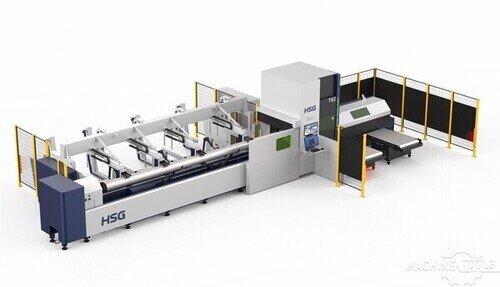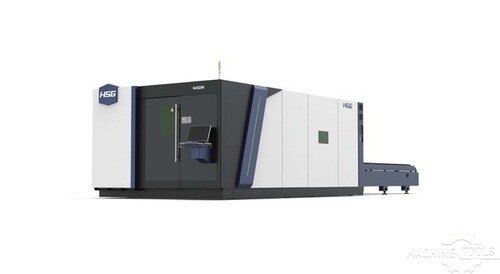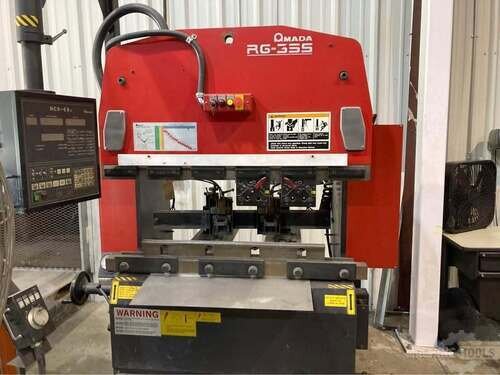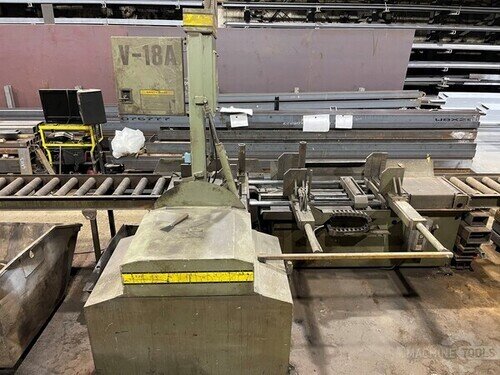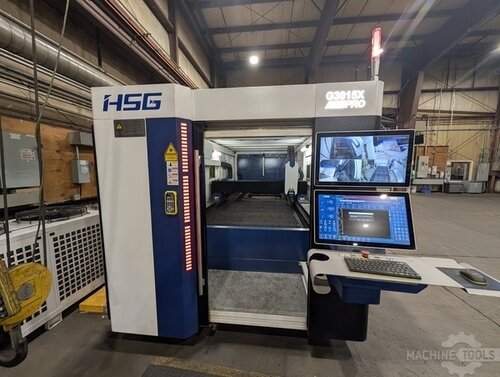When it comes to guiding my customers through the maze of fiber laser options, my approach is deeply rooted in my commitment to understanding their unique needs and delivering solutions that enhance their operations. As the VP of Sales at Mac-Tech, I’ve spent years immersed in the world of automation and precision fabrication, and I’ve learned that the key to success lies in building strong, consultative relationships with my clients. Every business has its own challenges and goals, and it’s my job to ensure that the fiber laser solutions I recommend align perfectly with their specific objectives.
Understanding My Customers’ Unique Needs
The first step in assessing the best fiber laser options is to truly understand what my customers are trying to achieve. Every conversation I have starts with a deep dive into their current setup, production goals, and any pain points they’re experiencing. Are they looking to increase throughput? Enhance precision? Reduce operational costs? By asking these questions, I can tailor my recommendations to ensure they’re not just getting a machine, but a solution that addresses their specific challenges.
It’s not just about the technical specifications; it’s about understanding the broader picture. I make it a point to visit their facilities, observe their processes, and engage with their teams. This hands-on approach allows me to gather insights that might not come up in a typical sales conversation. By doing this, I can offer solutions that are not only technically sound but also practically aligned with their day-to-day operations.
Evaluating Fiber Laser Performance Criteria
Once I have a clear understanding of my customer’s needs, the next step is to evaluate the performance criteria of various fiber lasers. This involves a detailed analysis of factors such as cutting speed, power consumption, and precision capabilities. I draw on my extensive experience in automation and precision fabrication to assess which machines will deliver the best results for each specific application.
However, performance is not just about numbers on a spec sheet. It’s crucial to consider how these machines perform under real-world conditions. I often arrange demos or trials where customers can see the equipment in action, providing them with a tangible sense of how the fiber laser will perform in their environment. This hands-on experience is invaluable in helping them make an informed decision.
Prioritizing Long-Term Value and Reliability
In my role, I constantly emphasize the importance of long-term value and reliability when choosing a fiber laser. A lower upfront cost might seem appealing, but it’s the total cost of ownership that truly matters. I guide my customers to consider factors like maintenance requirements, energy efficiency, and the availability of support and service.
Reliability is paramount in maintaining production schedules and meeting customer demands. I leverage my industry connections and knowledge to recommend machines that have a proven track record of durability and performance. By focusing on these aspects, I ensure that my customers invest in solutions that will serve them well for years to come, providing peace of mind and a strong return on investment.
HSG TS2 HIGH SPEED TUBE FIBER LASER CUTTING MACHINE
HSG 3015H 12KW
Customizing Solutions for Optimal Satisfaction
Every business is unique, and so are their requirements. I take pride in customizing solutions that fit my customers’ specific needs. Whether it’s integrating a fiber laser with existing automation systems or tailoring features to enhance specific processes, I work closely with our technical team to ensure that the final setup is perfectly aligned with the customer’s goals.
This level of customization requires a deep understanding of both the technology and the customer’s business. I make it a point to follow up regularly, ensuring that the solution is delivering the expected results and making any necessary adjustments. This ongoing relationship is key to achieving optimal satisfaction and fostering long-term partnerships.
FAQ
What are the key benefits of fiber lasers in precision fabrication?
Fiber lasers offer exceptional precision, speed, and efficiency, making them ideal for intricate fabrication tasks. They provide a clean cut with minimal thermal distortion, which is crucial for maintaining the integrity of delicate components.
How do you ensure the reliability of the fiber laser machines you recommend?
I focus on recommending machines with a proven track record of reliability and durability. I also consider the manufacturer’s reputation, the availability of support services, and the feedback from other users in the industry.
What role does automation play in the solutions you provide?
Automation is a critical component in enhancing productivity and consistency. I work with customers to integrate fiber lasers into their existing automated systems or develop new workflows that maximize efficiency and reduce manual intervention.
How can I be sure that a fiber laser is the right investment for my business?
I provide a comprehensive analysis of your needs and demonstrate the potential benefits through demos or trials. This hands-on approach, combined with a focus on long-term value, helps ensure that the investment aligns with your business goals.
What happens after the purchase?
My commitment doesn’t end with the sale. I offer continuous support and follow-ups to ensure the fiber laser is meeting your expectations and to make any necessary adjustments for optimal performance.
In conclusion, my approach to assessing the best fiber laser options is centered around understanding and addressing the unique needs of my customers. By focusing on performance, long-term value, and customized solutions, I aim to not only meet but exceed customer expectations. If you’re ready to explore how a fiber laser can revolutionize your operations, I’d be delighted to discuss your specific needs and help you find the perfect solution.
Get Weekly Mac-Tech News & Updates

